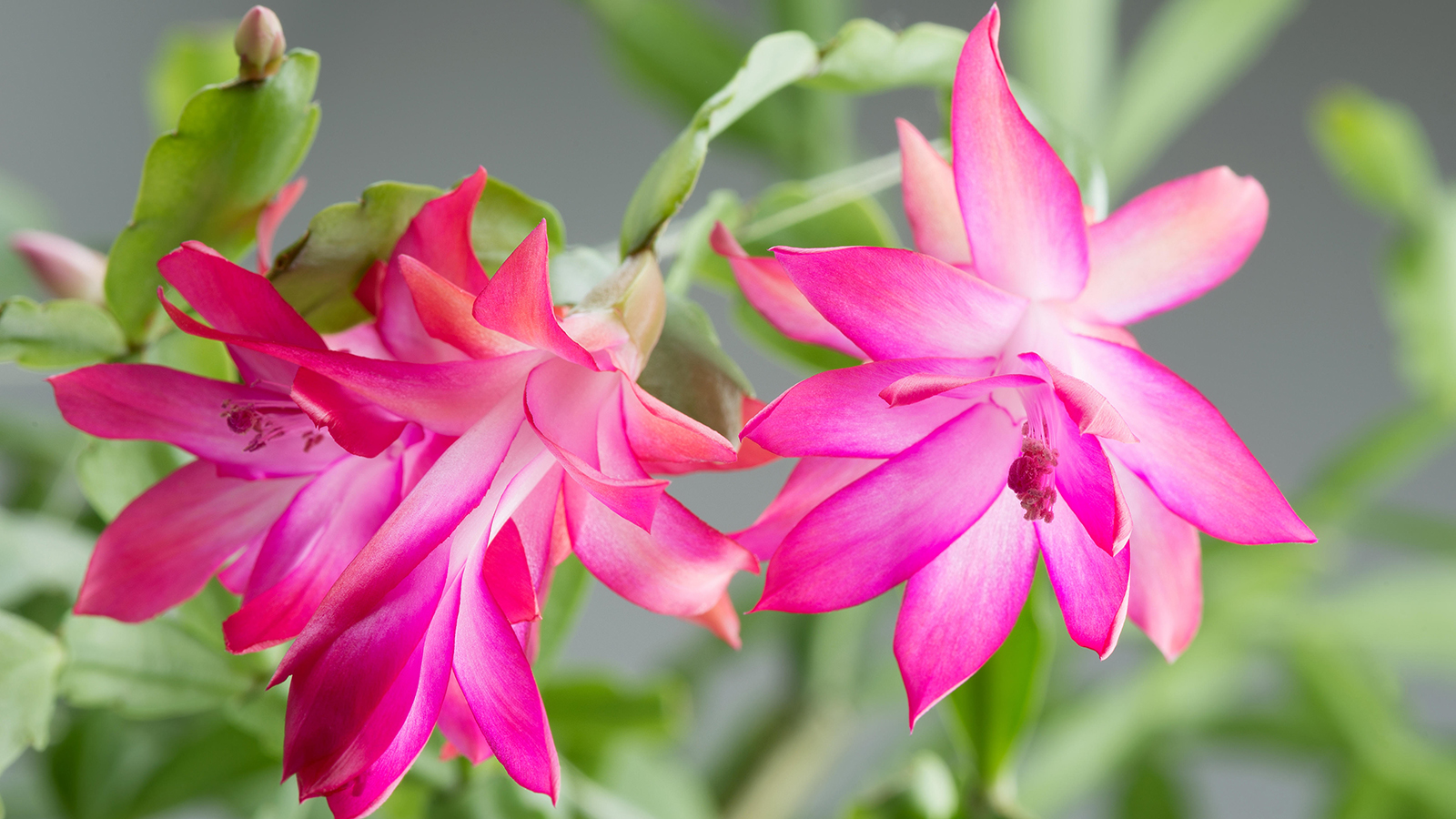
Christmas cacti, also known as schlumbergera, are one of the most popular houseplants at this time of year - and for good reason.
As houseplants, they require a little maintenance, but if you know how often and when you should water them they can be trained to bloom annually at a specific time, providing many joyful holiday seasons.
During the festive period, your Christmas cactus may encounter unwelcome guests in the form of pests that threaten its health and vibrancy.
Understanding the signs of infestation and having effective treatment strategies in place is crucial for keeping your holiday centerpiece pest-free and thriving.
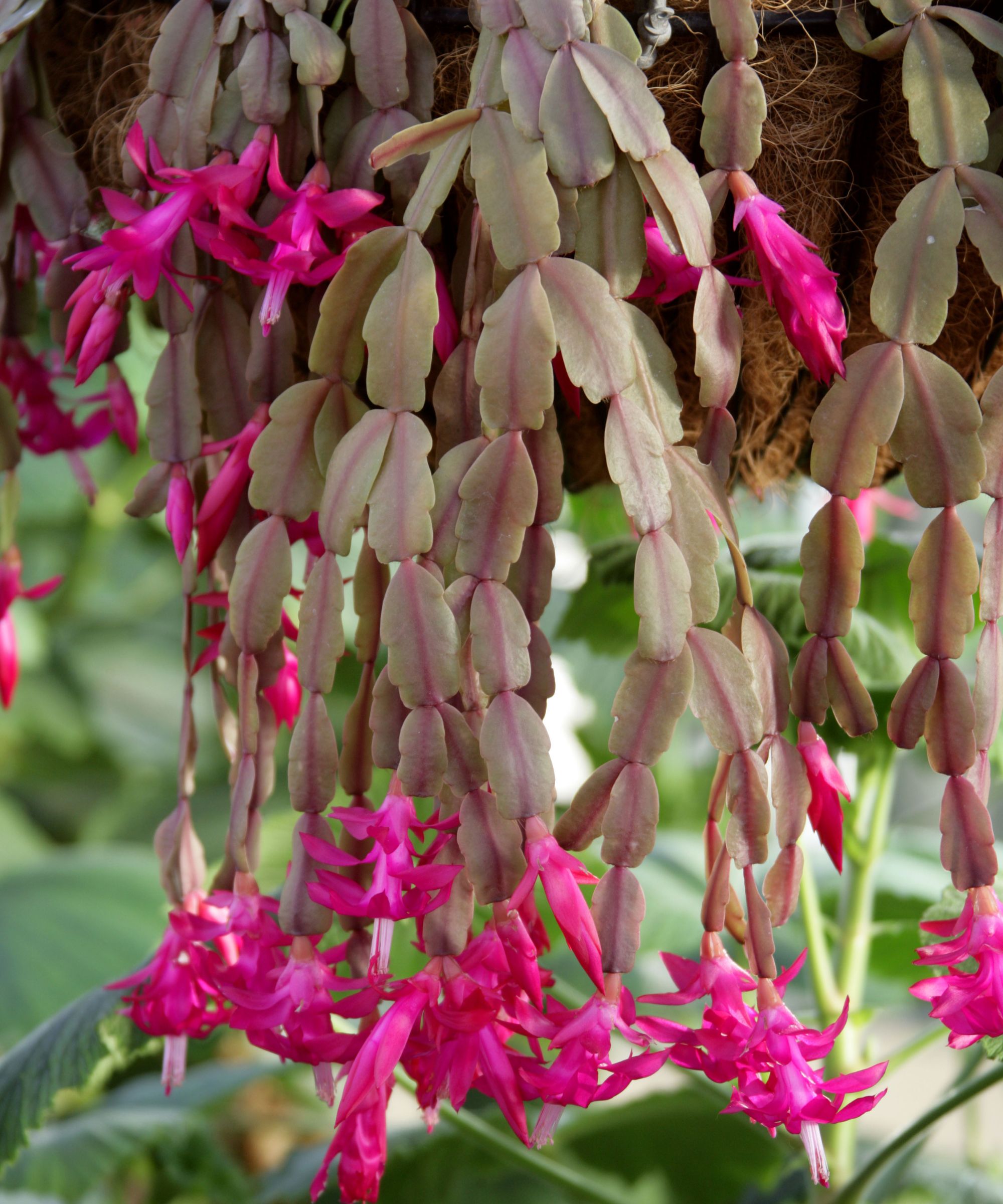
5 common Christmas cactus pests and how to treat them
Christmas cacti are pretty resilient, but they can fall prey to a few pests. Below our experts have identified common Christmas cactus pests and how to treat them.
Spider mites
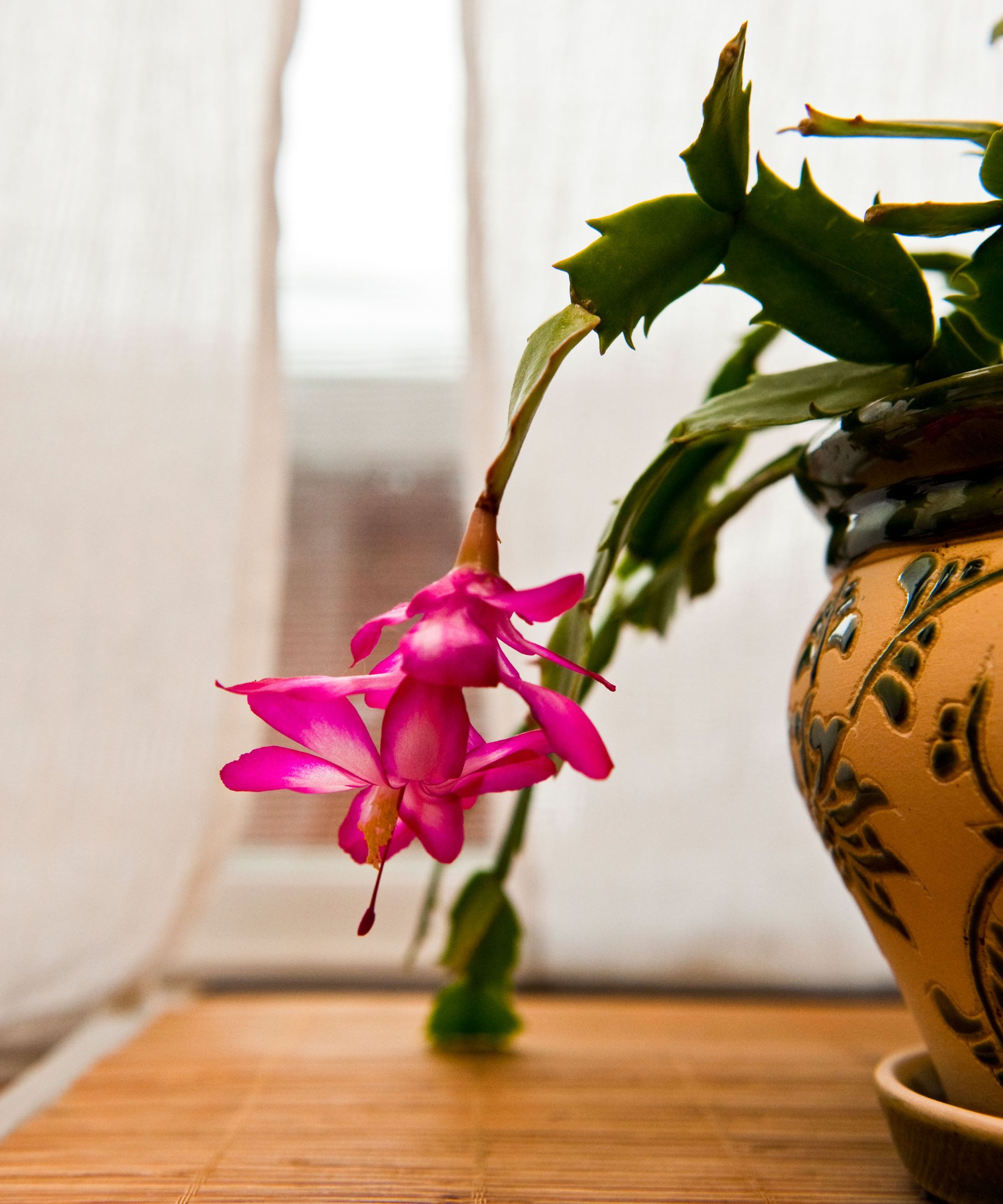
Spider mites are one of the pests that can damage the cactus, and usually they are so tiny that they cannot be seen with the unaided eye.
If, on the other hand, you notice tiny webbing or tiny speckles on the leaves, you can be sure your Christmas cactus is a spider mite infestation.
According to Mike Lansing, co-founder of Planters Digest, by using insecticidal soap spray on a regular basis, spider mite infestations are typically easily treated.
Mix as per the instructions on the bottle and give your cactus a rejuvenating spray. Make sure you cover all the nooks and crannies. Dusty environments draw mites, so try to keep the leaves clean.
Mealybugs
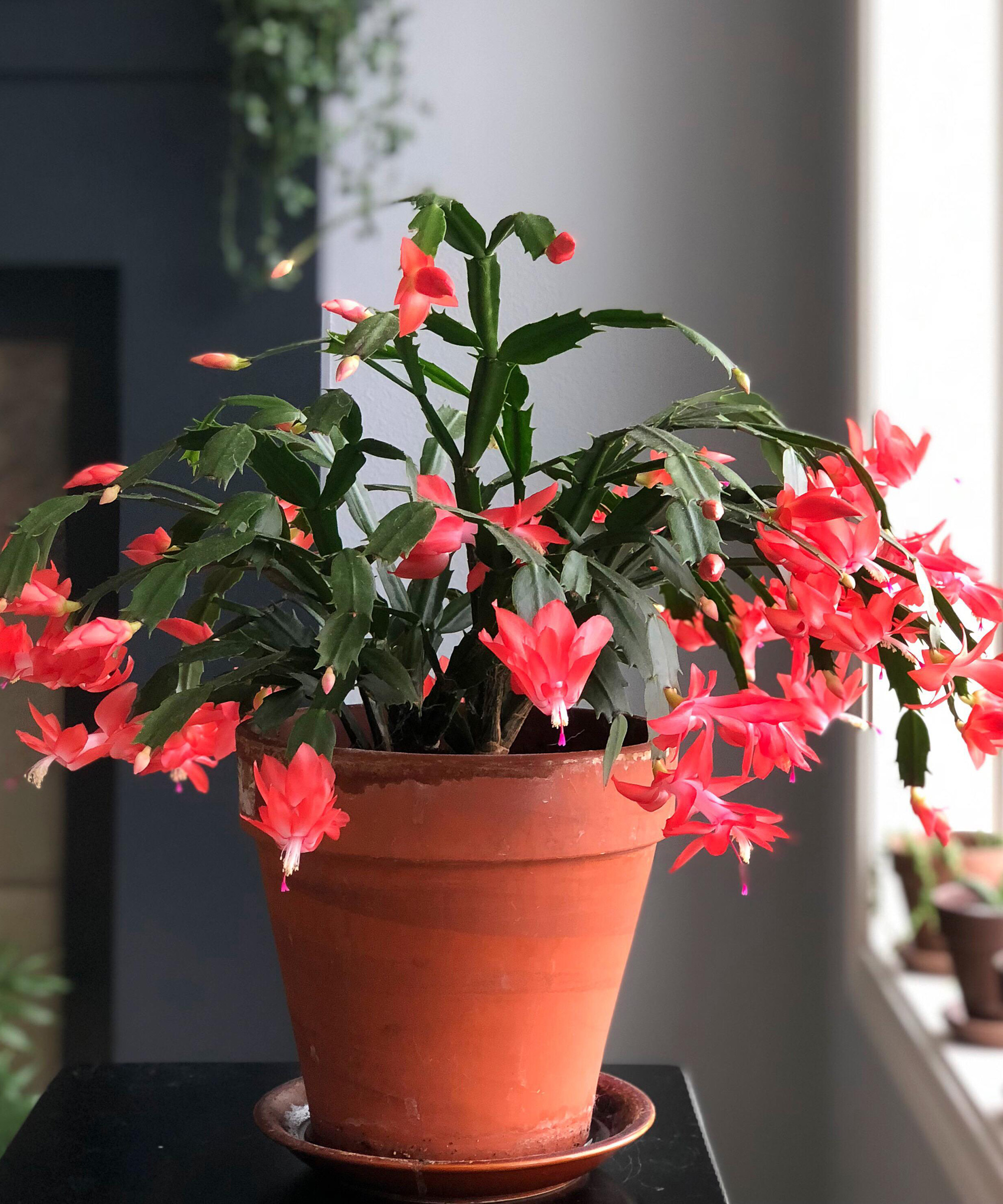
The single biggest sign that you're dealing with mealybugs is their telltale little cotton ball appearance on your plants, but you'll probably also be noticing stunted or uneven growth as well.
Check hidden spots like leaf joints, as mealybugs love to hide there, and tend to occur along with mold.
Overwatering your Christmas cactus is a great way to encourage a mealybug infestation. Use insecticidal soap, or neem oil such as this one from Amazon to deal with the mealybugs themselves, and replace your plant's soil if you're also dealing with a mold infestation.
Scale Insects
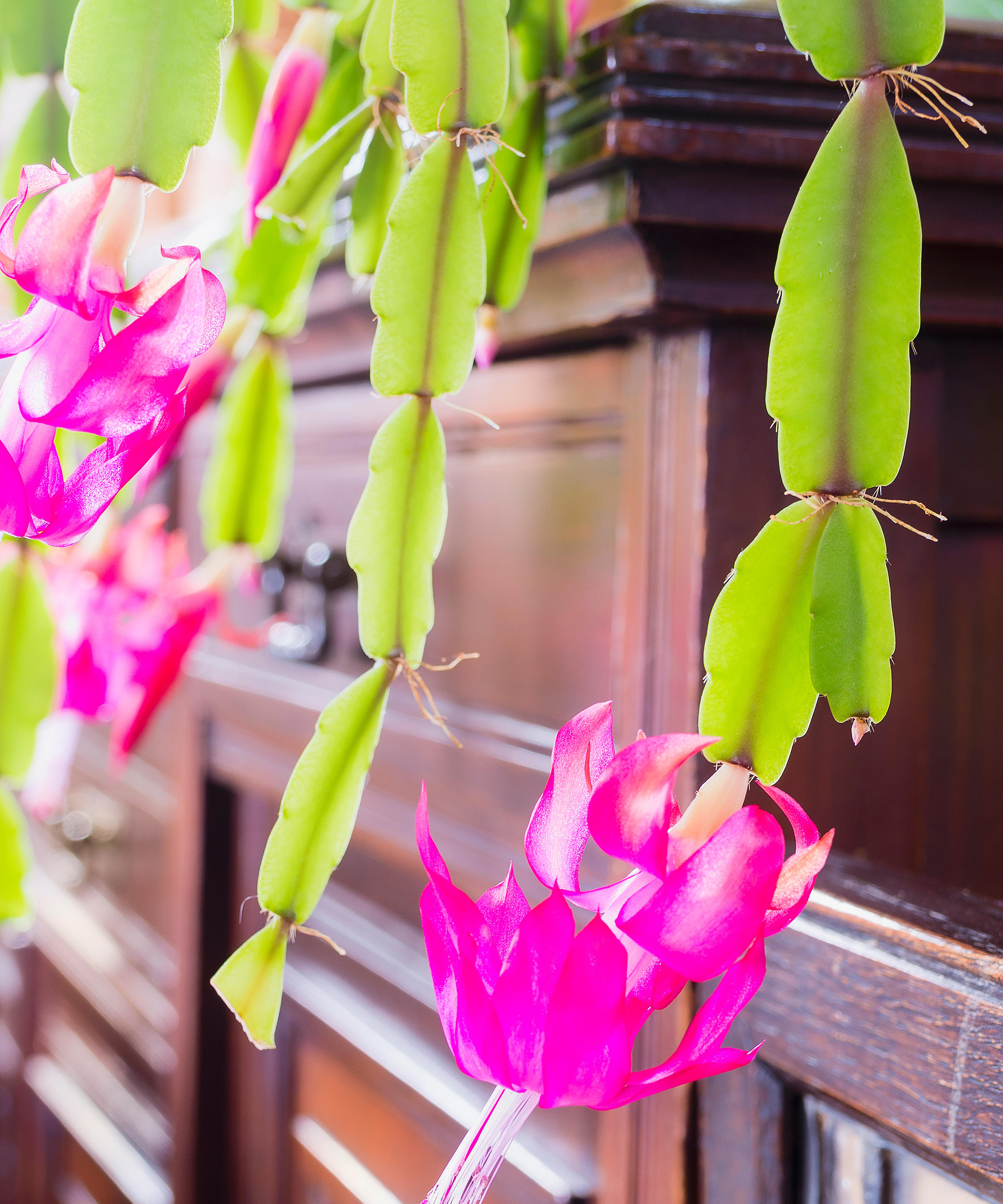
Scale insects are common pests in Christmas cacti, which cause brown spots on stems and secrete sticky segments. These sap-sucking insects can deprive all the nutrients of the cactus to such an extent that floral production and growth can be seriously affected. They then excrete sticky honeydew which has a black, sooty texture.
These need to be dealt with immediately and the best way to manage soft brown scale insects is to use a cotton swab dipped in rubbing alcohol to remove them from the plant.
Repeat the treatment once every 5-7 days for at least a month. Neem oil should then be applied to the afflicted regions.
Aphids
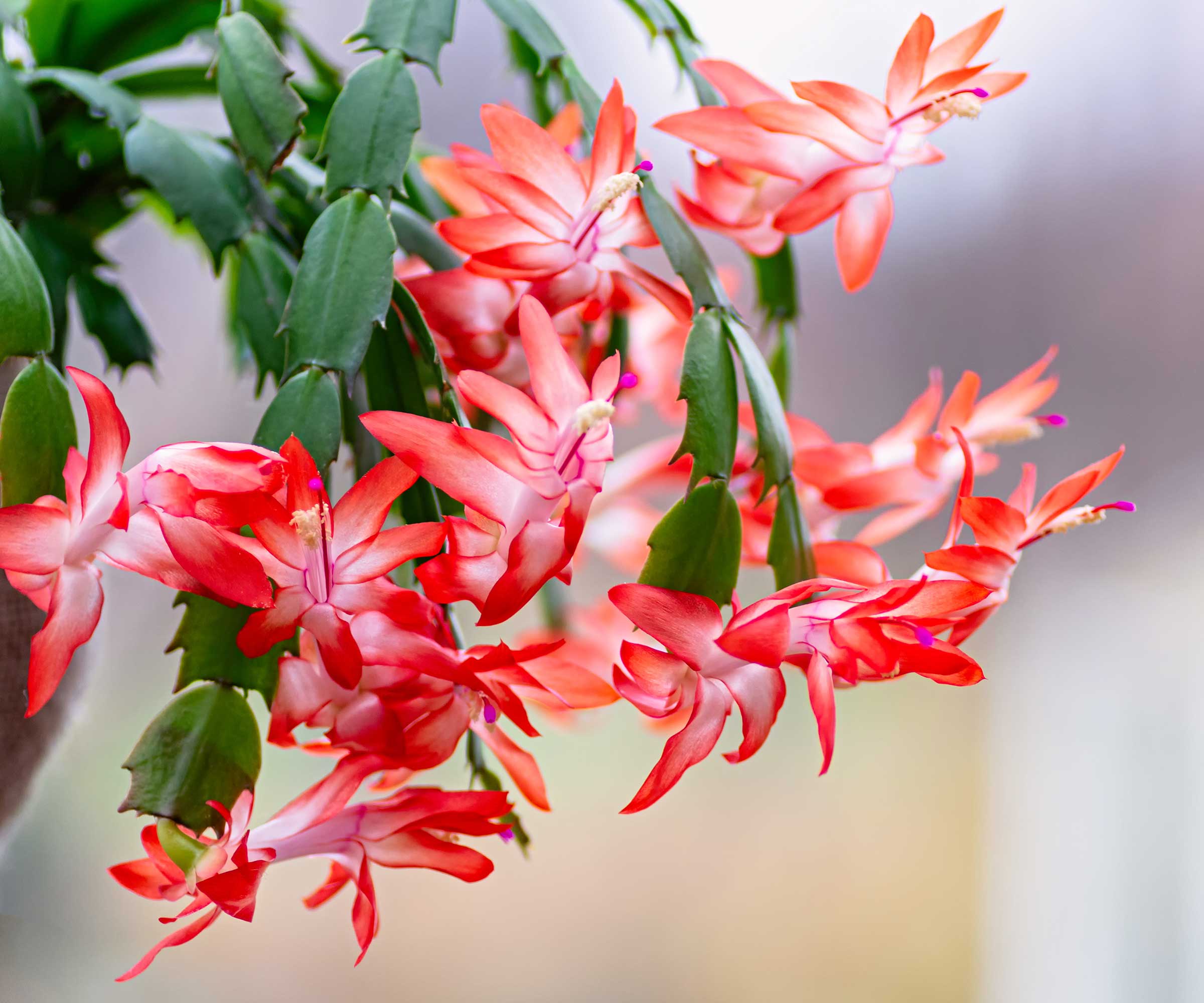
These soft-bodied, sap-sucking bugs come in from outside and are prime targets for cacti that are comfortably moist and well-nourished. Aphids will suck the sap directly from your plant, leaving honeydew behind. Irregular growth or yellow leaves are clear signs of infestation.
One way to manage aphids is to rinse your plant under a tap with a steady stream of water, and wash as many aphids as you can down the drain.
You could also place a sticky trap, such as this one from Amazon, near the pot, and/or a bowl of soapsuds made with one or two drops of dish detergent per two cups of water, to attract and catch flying aphids. For persistent pests, spray the foliage with neem oil.
Fungus gnats
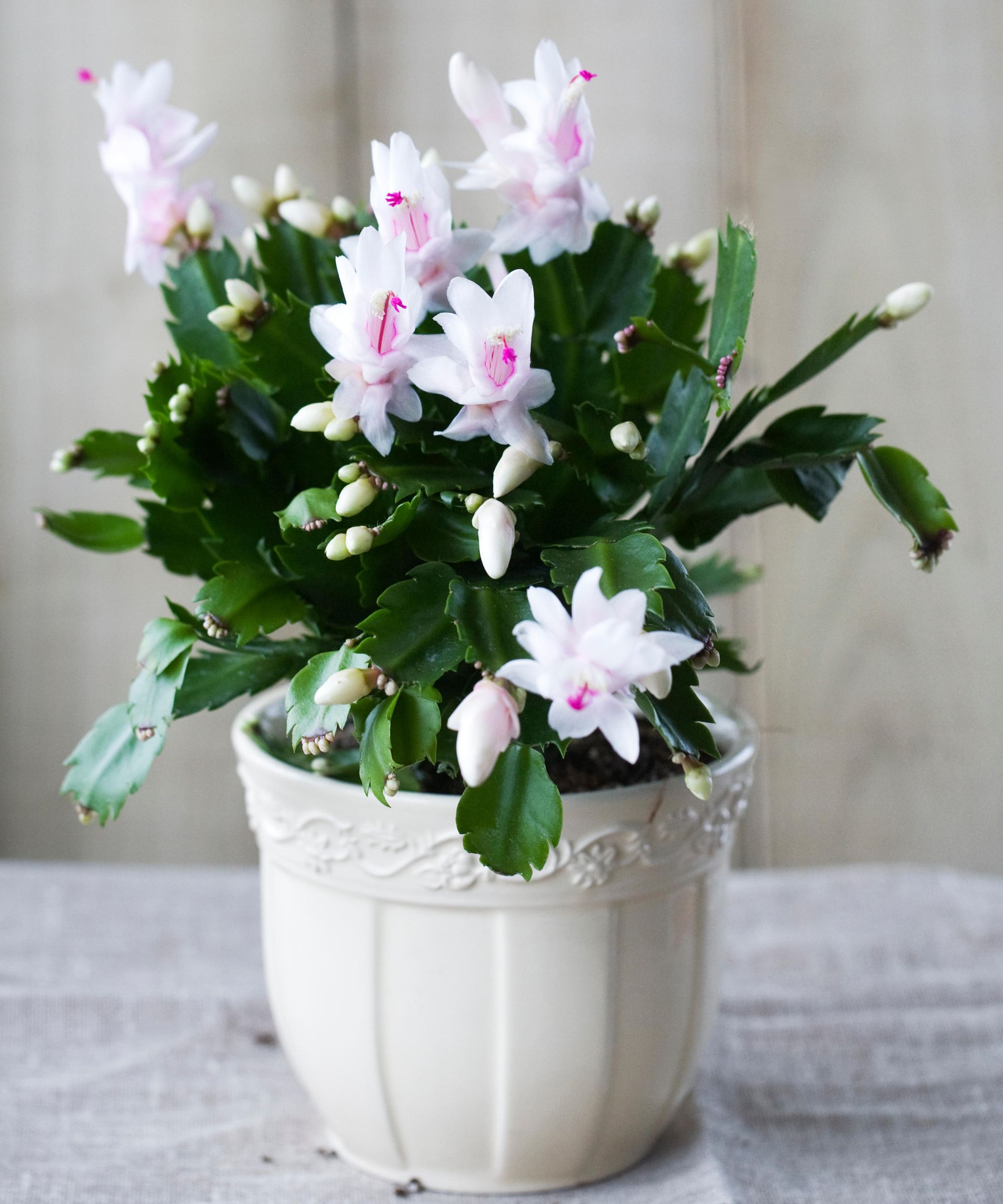
These small, dark flies are attracted to moist soil and lay their eggs in the top layer of the potting mix. To manage fungus gnats, allow the soil to dry out between waterings, and avoid over watering, ensuring the soil is not over-fertilized.
Symptoms of a fungus gnat infestation include weakened, wilted, and yellowed leaves, as well as stunted growth. Clearing away any debris and maintaining proper drainage can also help prevent fungus gnats.
You can also use yellow sticky traps to capture adult gnats, says Zahid Adnan, founder of The Plant Bible. ‘If you are having difficulty in removing the fungus gnats, also try applying a biological control agent to the soil.’
FAQs
What triggers a Christmas cactus to bloom?
Christmas cacti are known as short-day plants, which means their blooming is triggered at night time.
Their blooming requires two components; cool temperature and long nights. Christmas cacti need around 14-16 hours of darkness and 8 hours of daylight for between 3-6 weeks to set flower buds.
Preventing and treating pest infestations in Christmas cacti involves keeping the plant healthy and taking swift action if signs of infestation are detected. This can be achieved through regular maintenance such as wiping down leaves and providing adequate light, water, and nutrients.
Treatment options include insecticidal soap, neem oil spray, or introducing natural predators. Always make sure to follow product instructions for safe use. By following these tips, your Christmas cactus can thrive for years to come.







